Whether you’re new to gold coins or just not as familiar with the wider selection of numismatics on the market, you might want to take some time to learn about an outstanding series of coins minted in Canada: the Canadian Maple Leaf.
What is the Canadian Maple Leaf?
The Canadian Maple Leaf coin is a numismatic standout that’s coveted worldwide for its purity and Regalness in design.
Known as one of the purest gold bullion coins in the world, the Canadian maple leaf stands at an astounding .9999 (four nines) or .99999 (five nines) millesimal fineness.
The term “alloy” indicates the mixing of metallic elements for resistance of corrosion or for greater strength. In a mintage context, it can also imply a kind of dilution of purity. With Canadian Maple Leaf coins, the alloy content is minimal. This makes the series among the “purest of pure” gold coins on the market.
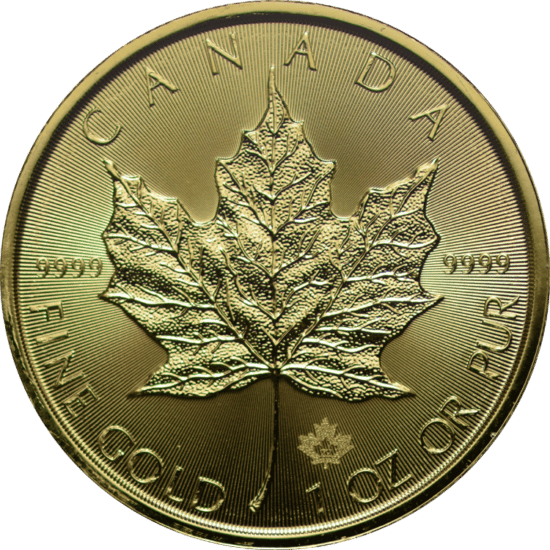
The back of the Gold coin introduced in 1979
When did the Royal Canadian Mint start printing them?
These coins were introduced in 1979. It was quite a unique item then considering that the only other official gold bullion coin on the market was the South African Krugerrand.
If you’re a gold buff, you’ll also note the significance of the decade in which it was first minted. 1979 was only eight years after US President Nixon abolished the Gold Standard. This “unpegging” of the dollar to gold caused a positive shock that boosted demand for the yellow metal.
Another thing to remember is that South Africa was getting sanctioned by Western nations for upholding an apartheid system. So, not only were Krugerrands hard to import due to sanctions, some collectors (we can assume) simply didn’t want them for what they represented.
The Royal Canadian Mint stepped in to fill that gap in demand, and the Canadian Maple Leaf was born.
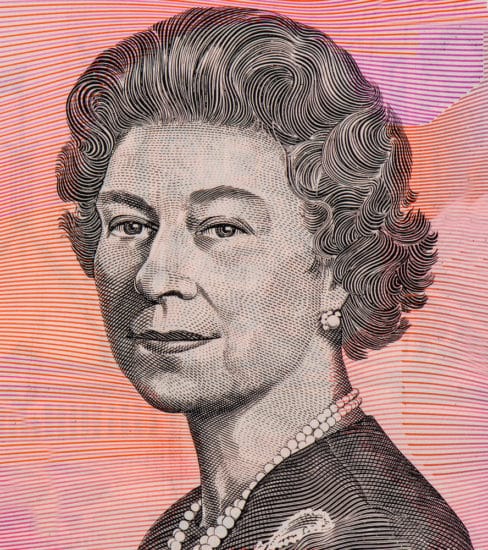
Queen Elizabeth II as depicted on the Australian dollar 1995-1998
Doesn’t this coin mark a historic year for Queen Elizabeth II?
Queen Elizabeth recently celebrated her Platinum Jubilee, and she is the featured symbol for this commonwealth country.
As numismatic coins are known not only for their content and design, many mark historic events or commemorate historic figures. Given the queen’s Platinum Jubilee, 2022 marks a significant year for this coin.
But as with all numismatics, there are several other factors besides minting that you need to consider when assessing the value of a coin. Speaking to that, we recommend checking out our Sheldon scale guide.
With the lovely queen’s 79 year old portraiture on the obverse side, the reverse side features the singular maple leaf, a majestic symbol to the country’s natural resources and their emblematic flag.
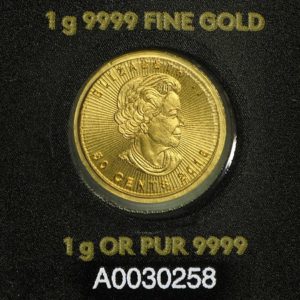
25x 1 gram Gold Maple Leaf
Okay. It’s an elegant design, but how can I tell if its authentic?
This is an important question as the Canadian Gold Maples have added security features for newer issues.
In both 2013 and 2015, the Canadian Mint added laser micro engraved textured maple leaves to combat fakes.
Of course, you’ll want to work with a knowledgeable dealer when purchasing them. But identifying these security features is something you can do on your own, and it’s fairly easy to spot (but nearly impossible to duplicate).
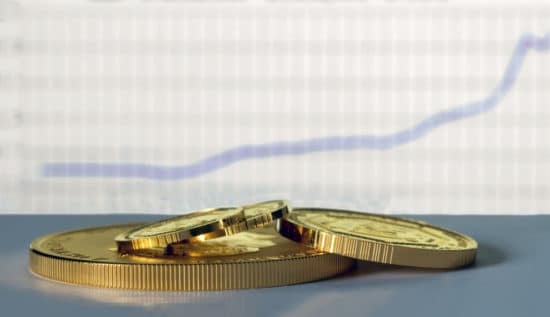
How much do these coins go for?
The Gold Maple Leaf is truly a majestic coin. It’s also a gold coin, meaning its valuation is dependent on the spot price of gold which often fluctuates. There’s an advantage to this: not only does gold appreciate over time due to the steady rise dollar inflation, but it also has moments of relative bargain pricing which is advantageous for any collector.
Also, keep in mind that its premium price will always be slightly higher than spot gold since the coin is a historic and well-designed numismatic coin. Your best bet would be to ask around and compare.
Again, these coins are among the purest and most popular gold coins in history——certainly one of the strongest additions to a diversified coin portfolio.



